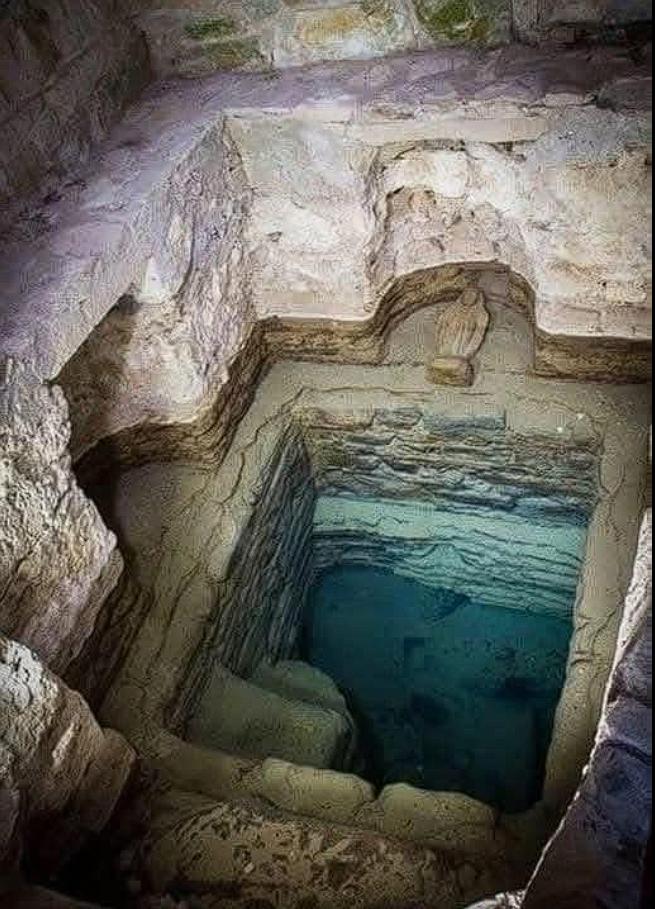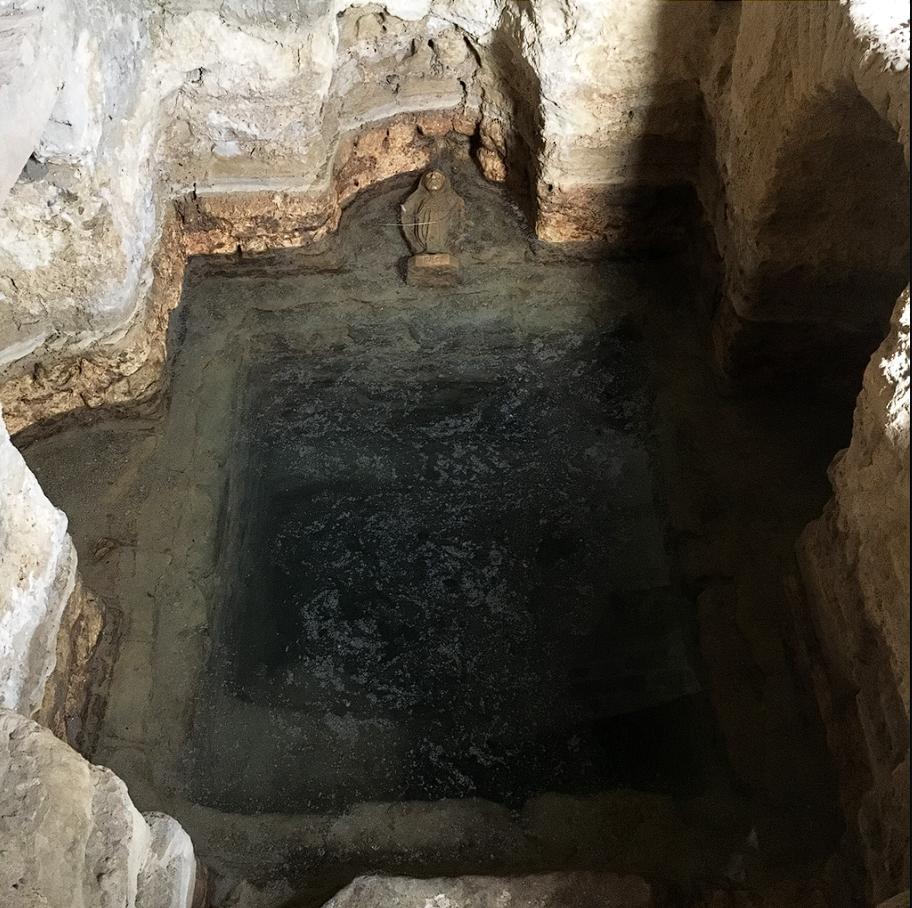The ancient well in Collinas, South Sardinia, dating back to the 2nd century CE, is a remarkable testament to Roman engineering and social culture. This well, likely a source of cold spring water, played a crucial role in the Roman baths of the area.
Unveiling the Ancient Well
The well’s discovery and historical context provide valuable insights into Roman bathhouse practices and engineering.
Historical Context
The well’s construction during the 2nd century CE aligns with the period of Roman expansion and development in Sardinia.
- Roman Influence:
- The 2nd century CE marked a period of significant Roman influence in Sardinia, with the construction of various public works.
- This era saw the establishment of Roman settlements and infrastructure across the island.
- Bathhouse Construction:
- The well’s proximity to Roman baths suggests its integral role in the bathhouse complex.
- Roman bathhouses were essential social and cultural centers, reflecting Roman engineering and lifestyle.
- Water Source:
- The well likely served as a reliable source of cold spring water, crucial for the functioning of the Roman baths.
- Access to clean and refreshing water was vital for Roman hygiene and wellness practices.
Function in Roman Baths
The well’s function within the Roman baths, particularly the frigidarium, highlights its importance in Roman wellness routines.

- Frigidarium Integration:
- The well is believed to have been part of the frigidarium, the cold room of the Roman baths.
- This integration allowed bathers to experience a refreshing cold plunge after warmer treatments.
- Roman Wellness Routines:
- Roman bathhouses were central to Roman wellness routines, involving a series of hot and cold treatments.
- The frigidarium, with its cold water source, played a crucial role in these routines.
- Social Culture:
- Roman baths were not just places for hygiene but also social hubs, where people gathered to relax and socialize.
- The well’s presence underscores the social and cultural significance of these bathhouses.
Engineering and Construction
The well’s construction demonstrates the sophisticated engineering skills of the Romans, particularly in water management.
- Advanced Engineering:
- The well’s design and construction reflect the advanced engineering skills of the Romans in water management.
- They were adept at harnessing natural water sources for public use.
- Stone Construction:
- The well’s stone construction highlights the Romans’ mastery of stonework and durable building techniques.
- This construction ensured the well’s longevity and functionality.
- Water Management:
- The Romans were skilled in managing water resources, building aqueducts and wells to supply water to their settlements.
- The well in Collinas is a testament to their expertise in water management.
Legacy and Significance
The ancient well of Collinas stands as a lasting reminder of Roman engineering and social culture, offering valuable insights into ancient Roman life.
Archaeological Significance
The well’s archaeological significance lies in its contribution to our understanding of Roman bathhouse practices and infrastructure.

- Preservation of History:
- The well’s preservation allows researchers to study Roman engineering and water management techniques.
- It provides a tangible link to the past, offering insights into Roman daily life.
- Insights into Roman Culture:
- The well’s function within the Roman baths sheds light on the social and cultural practices of the Romans.
- It highlights the importance of hygiene and wellness in Roman society.
- Historical Context:
- The well’s historical context provides valuable information about Roman settlements and infrastructure in Sardinia.
- It contributes to our understanding of Roman expansion and influence.
Cultural Heritage
The well is an important part of the cultural heritage of Collinas and South Sardinia, attracting visitors and researchers.
- Tourist Attraction:
- The well is a tourist attraction, drawing visitors interested in Roman history and archaeology.
- It offers a glimpse into the past, enhancing the cultural tourism experience.
- Educational Resource:
- The well serves as an educational resource, providing opportunities for learning about Roman engineering and culture.
- It is a valuable asset for schools and educational institutions.
- Local Pride:
- The well is a source of local pride, representing the rich history and cultural heritage of the region.
- It strengthens the community’s connection to its past.
Contemporary Relevance
The well’s legacy extends to contemporary society, reminding us of the importance of water management and cultural preservation.
- Water Management:
- The well’s historical function highlights the importance of sustainable water management practices.
- It serves as a reminder of the need to conserve and protect water resources.
- Cultural Preservation:
- The preservation of the well underscores the importance of protecting cultural heritage for future generations.
- It ensures that the stories and lessons of the past are not forgotten.
- Historical Inspiration:
- The well serves as a source of historical inspiration, reminding us of the ingenuity and resilience of past civilizations.
- It encourages us to learn from the past and apply those lessons to the present.
The ancient well of Collinas is a remarkable relic of Roman engineering and social culture, offering valuable insights into ancient Roman life. Its preservation and study contribute to our understanding of history and inspire us to appreciate the ingenuity of past civilizations.
